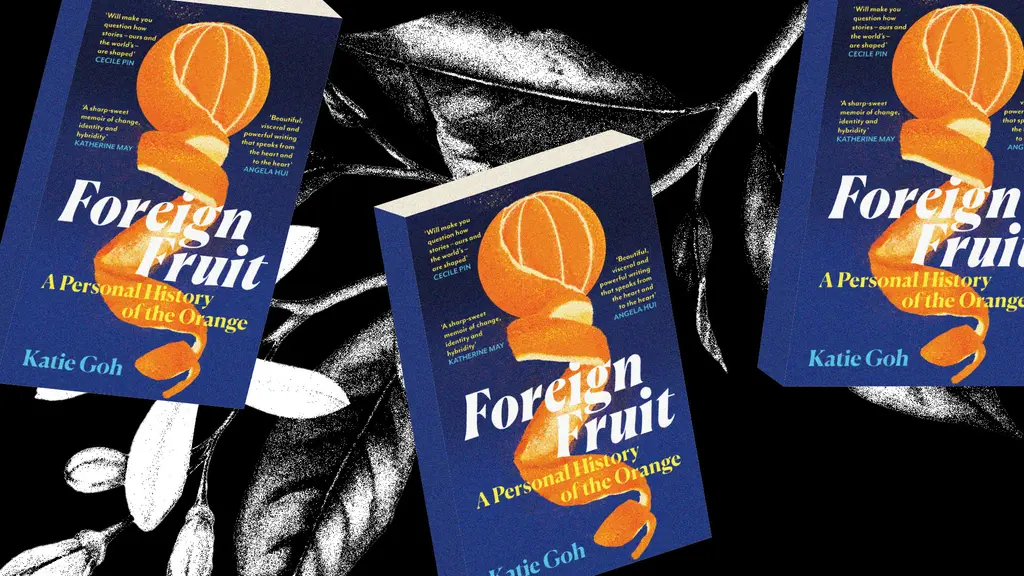The hard won secrets of street photography
- Text by Miss Rosen
- Photography by Matt Stuart

“I enjoy the wonderful and bizarre things that reveal themselves in public places, what I learn from them, and how I adapt to different situations. Street photography is a constant life education and that’s why I keep coming back to it,” says British photographer Matt Stuart, author of the new book Think Like a Street Photographer (Laurence King).
After giving up skateboarding in his early 20s, Stuart found a new love in street photography, which offered some of the same thrills. “Both are about trying to make a ‘trick,’ but with street photography, you can make the tricks tangible in the form of a print and they can last forever,” Stuart says.
Inspired by Joel Meyerowitz’s groundbreaking colour work, Stuart embraced the photographer’s approach to decentering the illustrious “decisive moment” in the act of picture-making. He also admires Trent Parke’s anarchic approach and Alex Webb’s work ethic, describing the latter as a “photographic athlete”.

Regent Street, London, 2019

Oxford Street, London, 2004
Stuart’s book is the perfect primer for anyone interested in documenting their world. “All you need is a camera and a place to go,” Stuart says. And because street photography requires the photographer to be present, patient, attentive, and ready to strike, Think Like a Street Photographer offers valuable lessons into life itself.
“The randomness of the street, how it can deliver the surreal, the beautiful and the strange to anyone if they slow down and stop to look is a great way to feel and be — it’s almost an ode to existence,” Stuart says.
With chapters titled “Be Calm”, “Keep It Simple” and “Get Into the Flow”, Stuart guides readers into a state of mind that allows them to “Shoot First, Think Later”, leaving their doubts and fears behind. “You learn a lot about yourself: the split-second moral judgments and anxieties,” Stuart says. “It’s constantly changing out there and to see that change is exciting. But more importantly, understanding human nature and examining how we live our lives can be very educational.”

Pershing Square, Los Angeles, 2018

Kensington Park Road, London, 2014
One of the great pleasures of street photography is learning to master the moment: to perceive it before it unfolds and ready to catch it as the action reveals itself, as well as embrace the “happy accidents” of life. “Street photography is so easy on paper but so hard in practice. I think this is what keeps people coming back,” Stuart says.
It also offers the ultimate escape from the stresses of daily life. Armed only with a camera, one can stroll through public life as a flâneur would, taking in the beauty of the spectacular and mundane with equal appreciation. “Having the time and space to physically and mentally lose yourself and give yourself the chance to almost forget yourself and absorb others’ existences can be very meditative and revealing,” Stuart says. “I far prefer the journey to the destination. Give me the walk and experience with the camera, over the photograph any day.”

Regent Street, London, 2014

Trafalgar Square, London, 2018

Brussels, 2016

Marylebone Road, London, 2011
Think Like a Street Photographer is out now on Laurence King.
Follow Miss Rosen on Twitter.
Enjoyed this article? Like Huck on Facebook or follow us on Twitter.
You might like

Dalia Al-Dujaili: “When you’re placeless, nature can fill the void”
Babylon, Albion — As her new book publishes, the British-Iraqi author speaks about connecting with the land as a second-generation migrant, plants as symbols of resistance, and being proud of her parents.
Written by: Zahra Onsori

Katie Goh: “I want people to engage with the politics of oranges”
Foreign Fruit — In her new book, the Edinburgh-based writer traces her personal history through the citrus fruit’s global spread, from a village in China to Californian groves. Angela Hui caught up with her to find out more.
Written by: Angela Hui

Meet the hair-raised radicals of Berlin’s noise punk scene
Powertool — In his new zine, George Nebieridze captures moments of loud rage and quiet intimacy of the German capital’s bands, while exploring the intersections between music, community and anti-establishment politics.
Written by: Miss Rosen

The rebellious roots of Cornwall’s surfing scene
100 years of waveriding — Despite past attempts to ban the sport from beaches, surfers have remained as integral, conservationist presences in England’s southwestern tip. A new exhibition in Falmouth traces its long history in the area.
Written by: Ella Glossop

Southbank Centre reveals new series dedicated to East and Southeast Asian arts
ESEA Encounters — Taking place between 17-20 July, there will be a live concert from YMO’s Haruomi Hosono, as well as discussions around Asian literature, stage productions, and a pop-up Japanese Yokimono summer market.
Written by: Zahra Onsori

We are all Mia Khalifa
How humour, therapy and community help Huck's latest cover star control her narrative.
Written by: Alya Mooro

